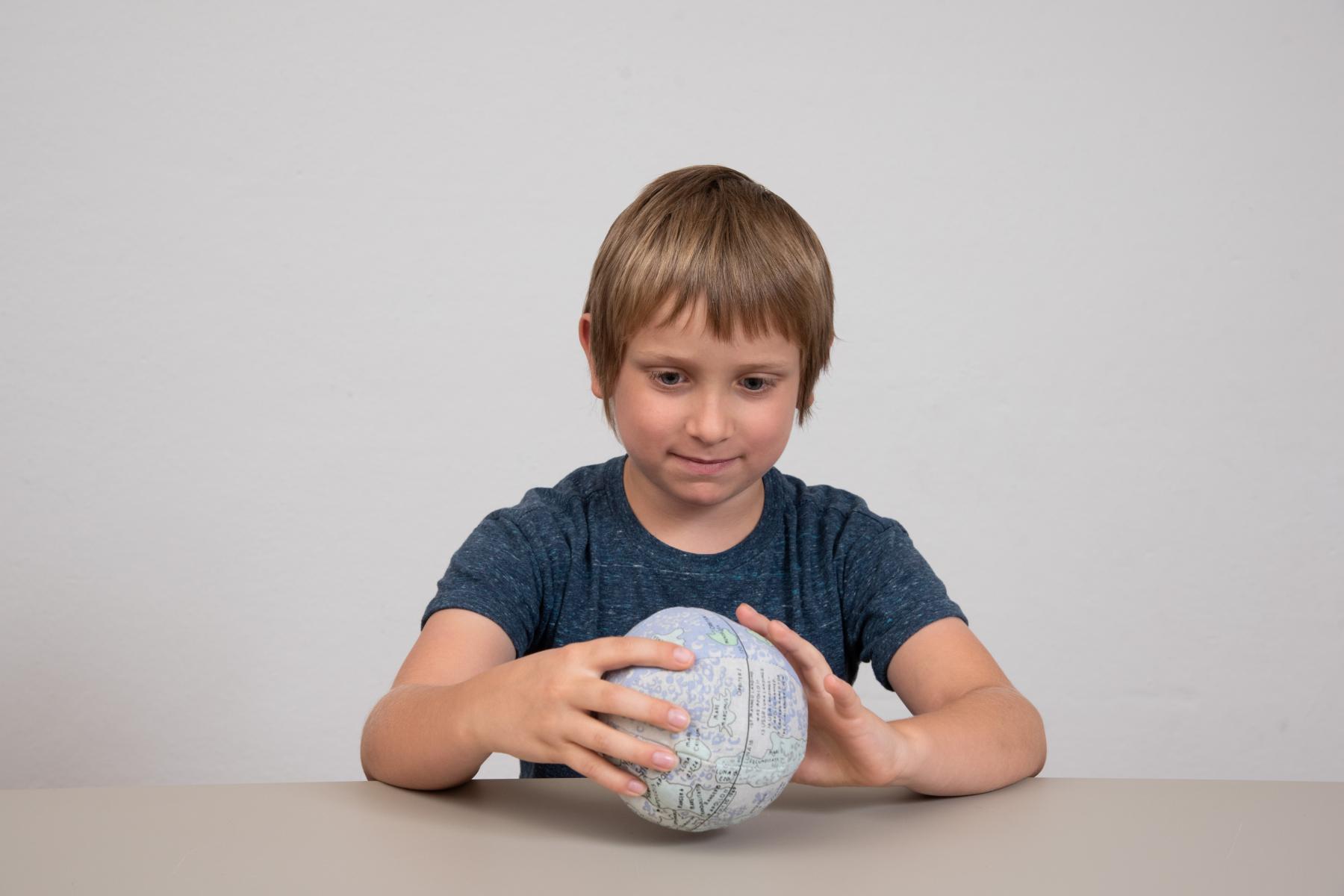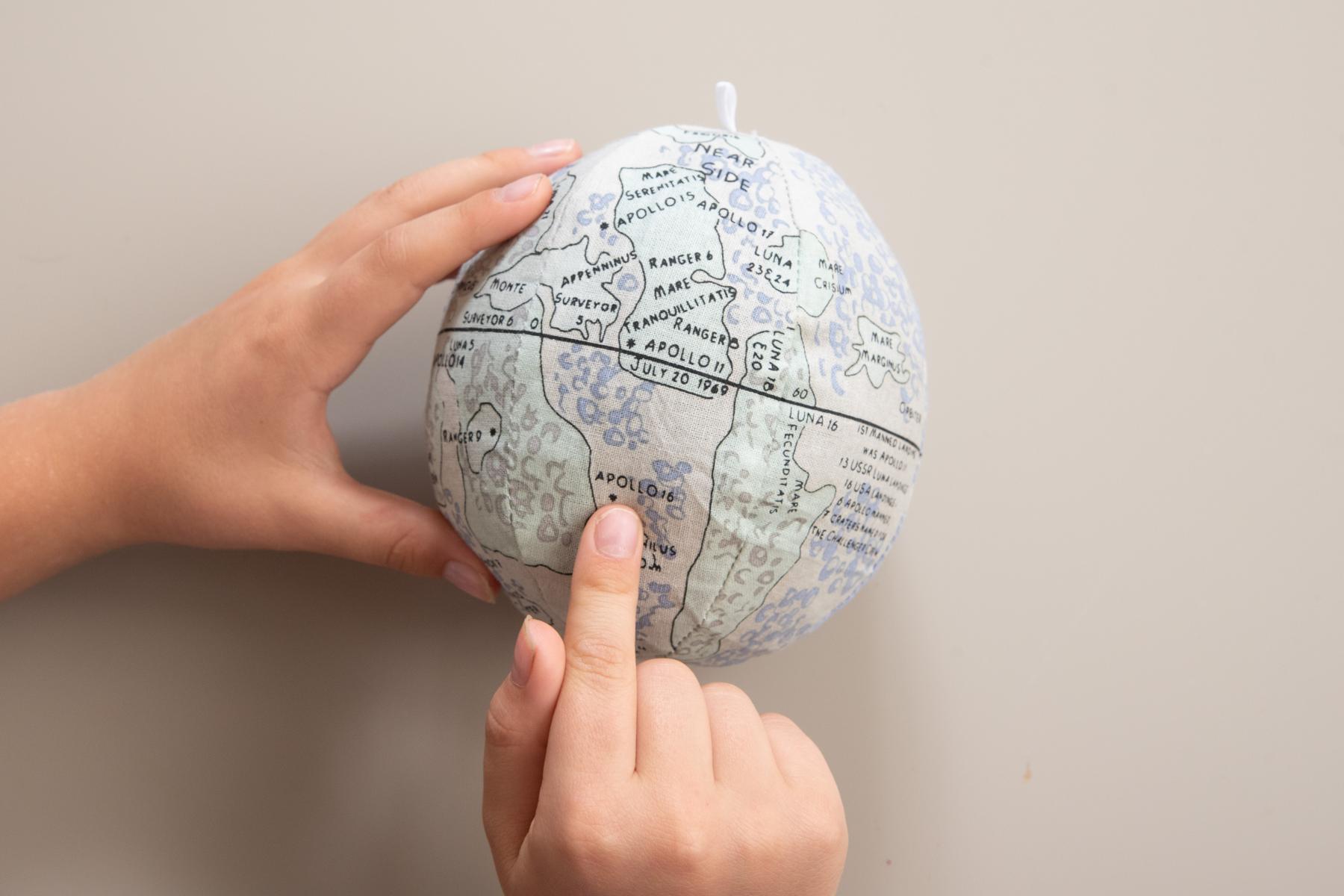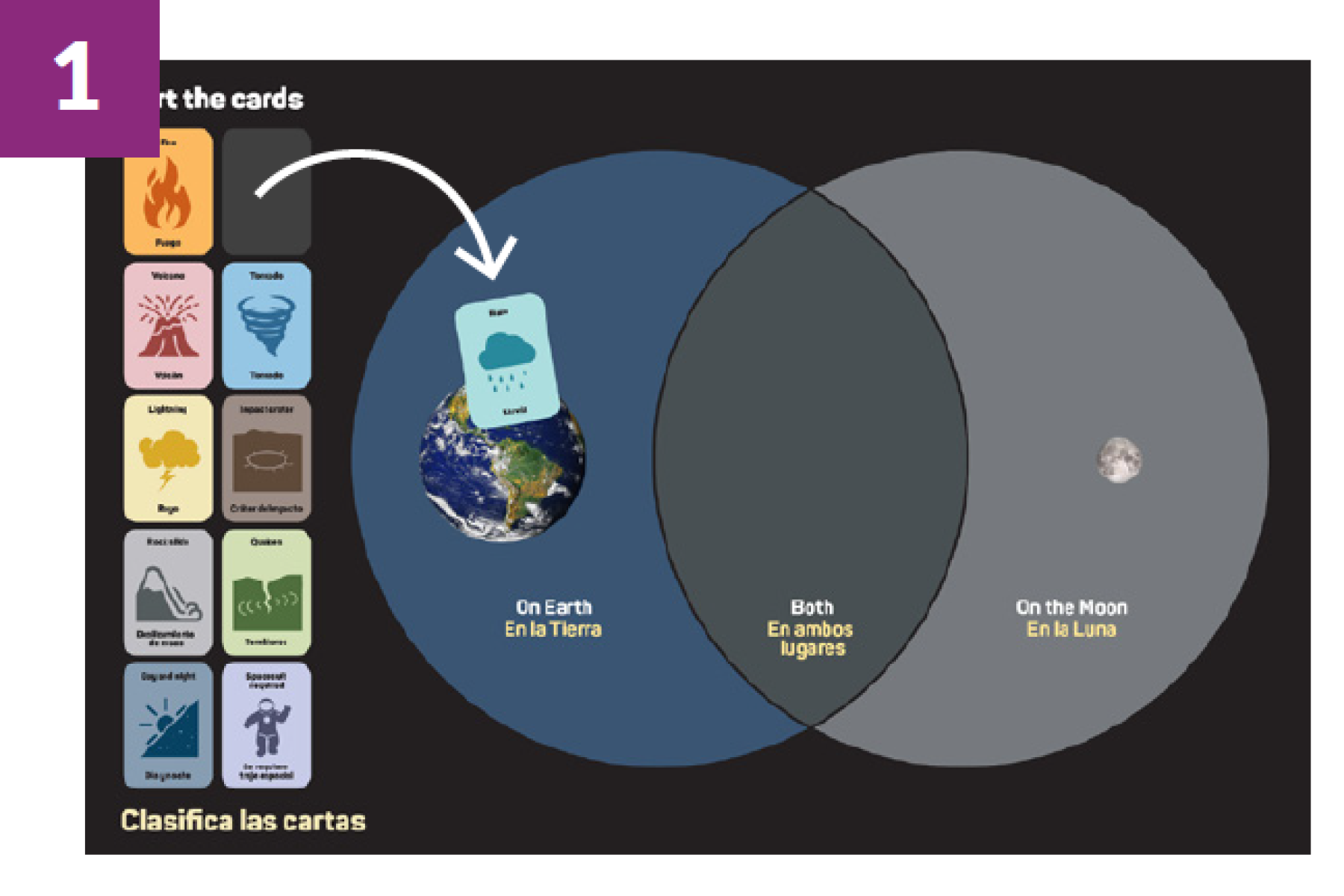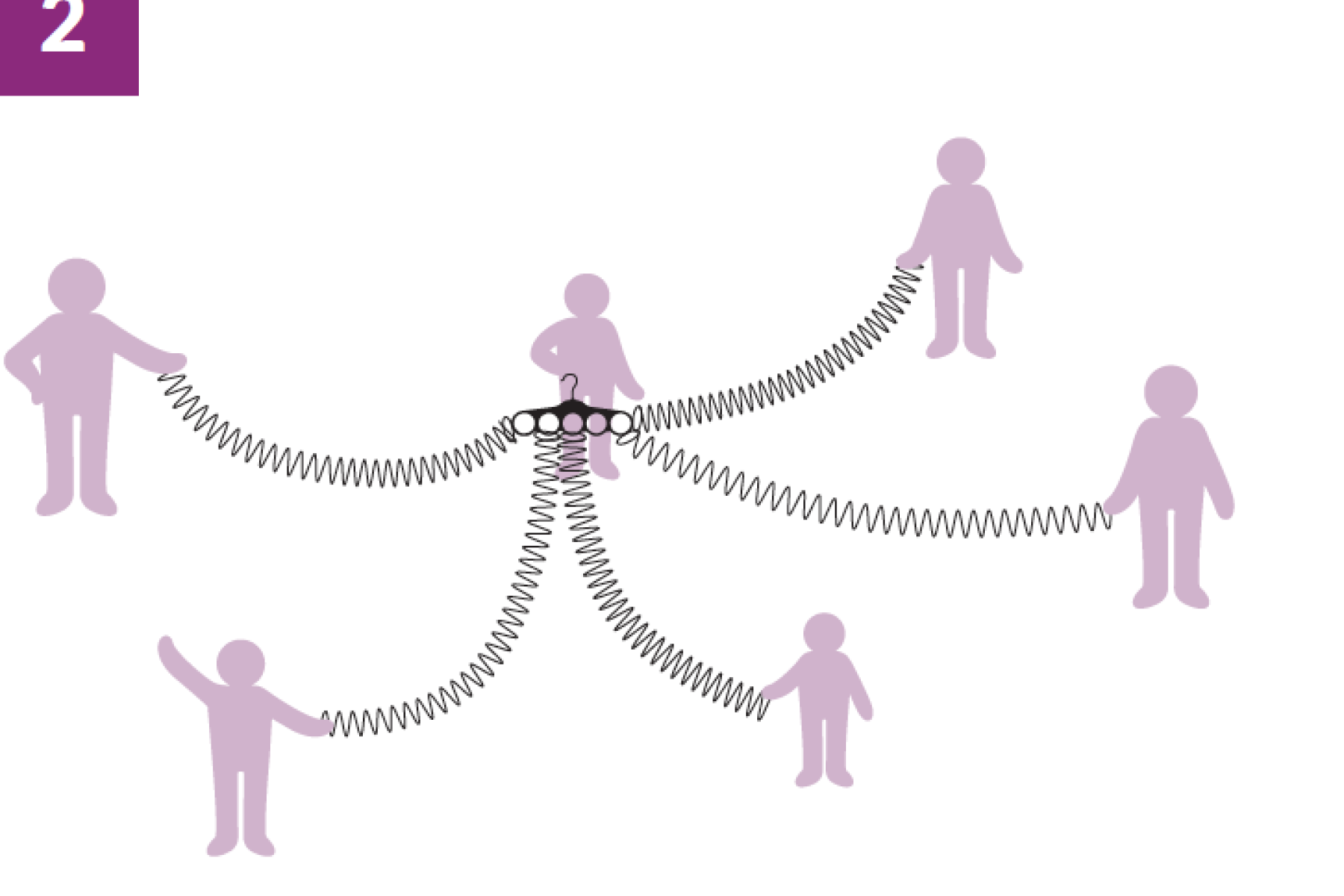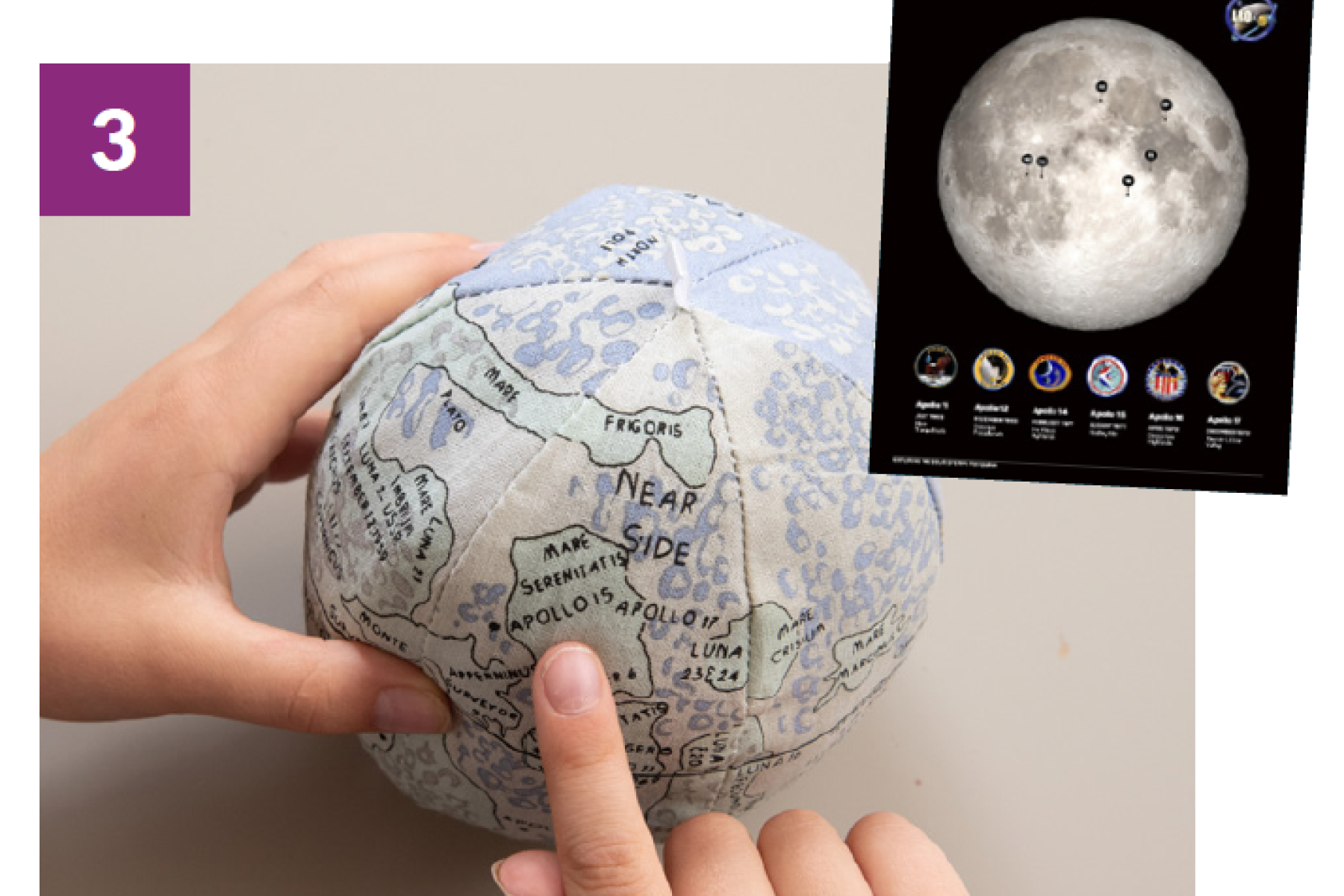DESCRIPTION
"Exploring the Solar System: Moonquakes" is a hands-on activity that encourages participants to sort different natural phenomena into categories (they occur on Earth, on the Moon, or on both), and then model how energy moves during a quake using spring toys. Additionally, learners can explore where the Apollo missions landed on the Moon and discuss how NASA scientists use special tools to measure quakes on the Moon.
DESCRIPTION
"Exploring the Solar System: Moonquakes" is a hands-on activity that encourages participants to sort different natural phenomena into categories (they occur on Earth, on the Moon, or on both), and then model how energy moves during a quake using spring toys. Additionally, learners can explore where the Apollo missions landed on the Moon and discuss how NASA scientists use special tools to measure quakes on the Moon.
TRAINING VIDEOS
OBJECTIVES
BIG IDEA
The Moon is a very different place from our home planet, but there are similarities.
LEARNING GOALS
The Moon is a very different place from our home planet, but there are similarities;
Both earthquakes and moonquakes result from a sudden release of energy and cause the ground to move and shake;
NASA missions study moonquakes and other processes on the Moon’s surface to learn more about the Moon itself and to prepare for the return of humans.
DOWNLOAD FILES
- Facilitator Guide (PDF)
- Sign (PDF)
- Sign (Spanish) (PDF)
- Activity (PDF)
- Activity (Spanish) (PDF)
- Apollo Landing (PDF)
- Apollo Landing (Spanish) (PDF)
- Info Sheet 1 (PDF)
- Info Sheet 1 (Spanish) (PDF)
- Info Sheet 2 (PDF)
- Info Sheet 2 (Spanish) (PDF)
- Info Sheet 3 (PDF)
- Info Sheet 3 (Spanish) (PDF)
- Instructions (PDF)
- Instructions (Spanish) (PDF)
- Sorting Cards (PDF)
- Sorting Mat (PDF)
Credits
Sciecenter, Ithaca, NY
This activity was adapted from Exploring Seismic Waves, developed by Incorporated Research Institutions for Seismology. Retrieved from: https://www.iris.edu/hq/inclass/lesson/31
This material is based upon work supported by NASA under cooperative agreement award number NNX16AC67A and 80NSSC18M0061. Any opinions, findings, and conclusions or recommendations expressed in this material are those of the author(s) and do not necessarily reflect the view of the National Aeronautics and Space Administration (NASA).
Creative Commons Attribution Non-Commercial Share Alike 3.0 United States (CC BY-NC-SA 3.0 US).
View more details

NISE Network products are developed through an iterative collaborative process that includes scientific review, peer review, and visitor evaluation in accordance with an inclusive audiences approach. Products are designed to be easily edited and adapted for different audiences under a Creative Commons Attribution Non-Commercial Share Alike license. To learn more, visit our Development Process page.

